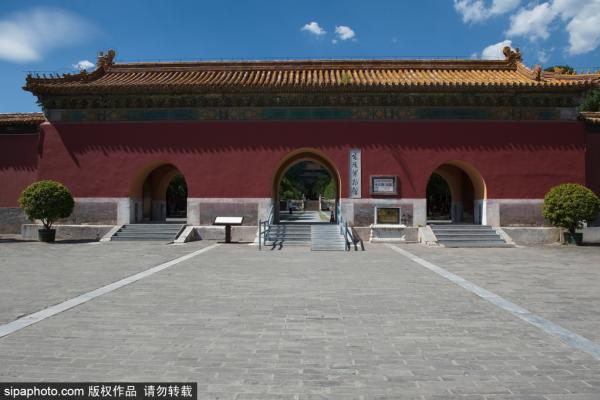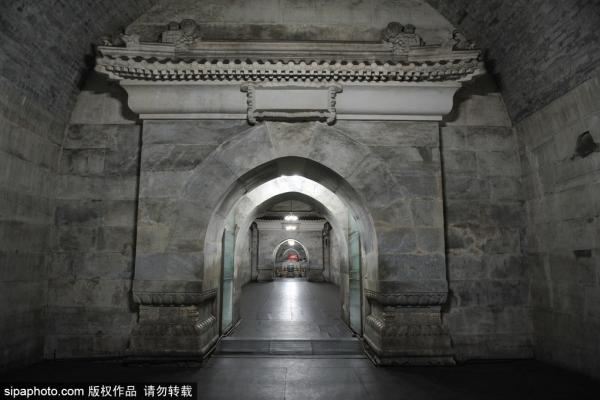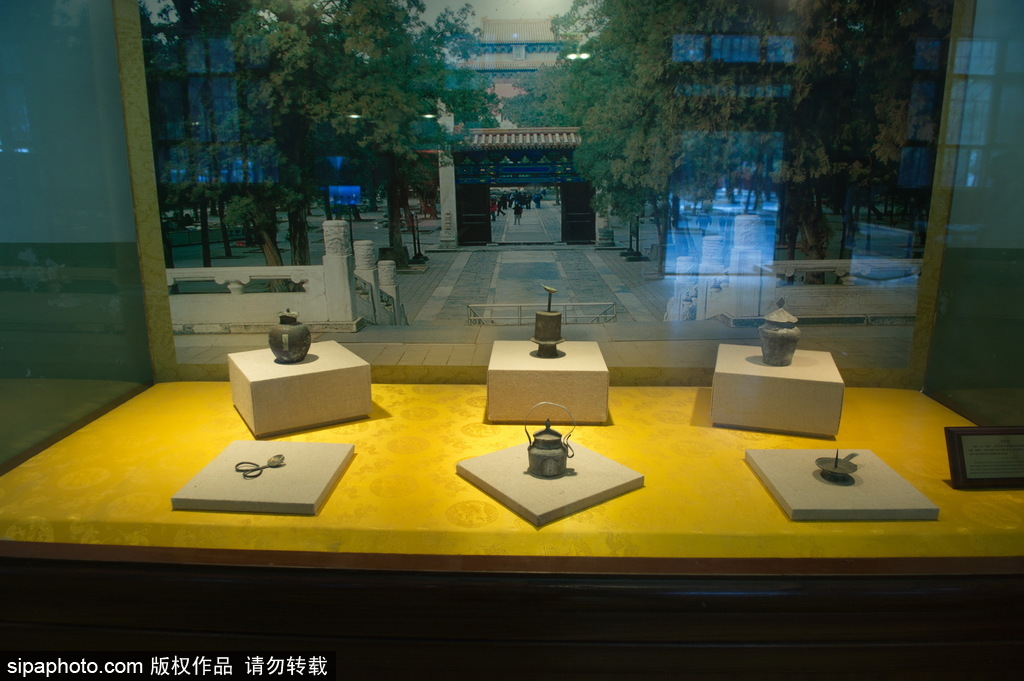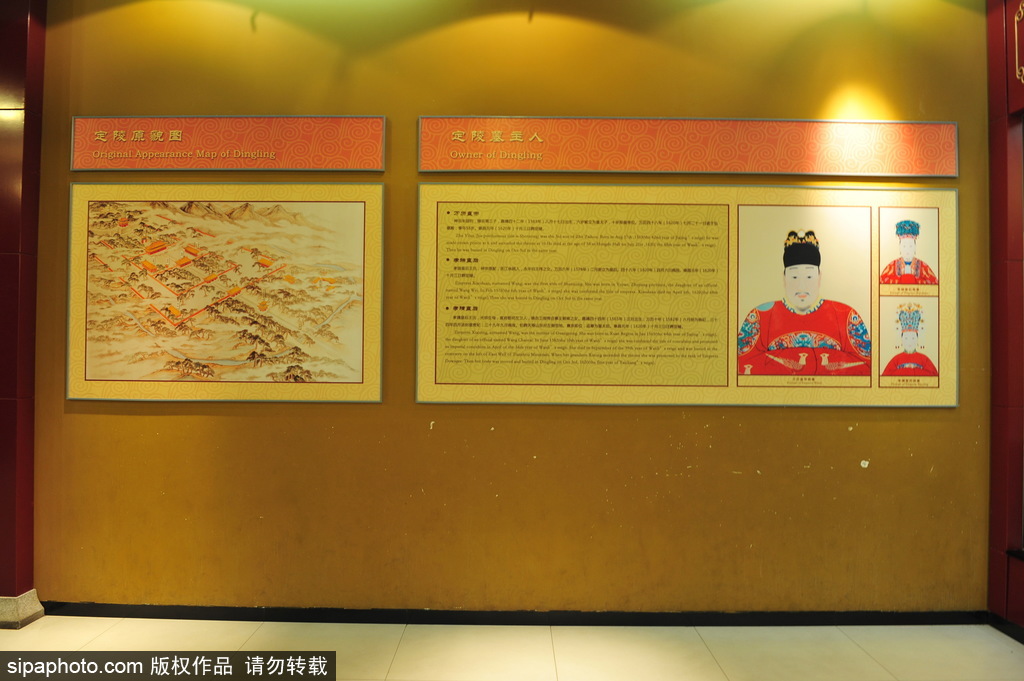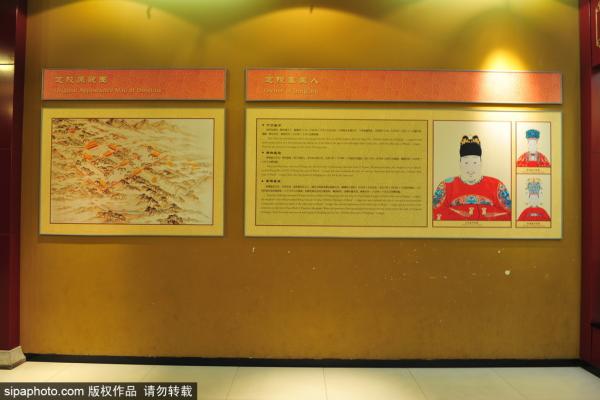Dingling Museum (定陵博物馆)
The Dingling Museum is a museum of Chinese mausoleums.

-
Tel:
+86 10 60761424 -
Best Time to Visit:
April to October -
Duration:
4 Hours -
Admission:
60 RMB 60 RMB -
Opening Hours:
8:00-17:30
Description
Dingling Museum (定陵博物馆)
The Dingling Museum is a museum of Chinese mausoleums. The museum located at Changping District, was built on September 30, 1959.
In Ding Mausoleum are buried Emperor Shenzong of the Ming Dynasty (1368-1644) and his two empresses. The mausoleum was first built in 1584 and completed in 1590.
It takes up an area of 180,000 square meters. The principal buildings were arranged along the central axis, and they included three stone bridges of white marbles, stele pavilion, the mausol...
Dingling Museum (定陵博物馆)
The Dingling Museum is a museum of Chinese mausoleums. The museum located at Changping District, was built on September 30, 1959.
In Ding Mausoleum are buried Emperor Shenzong of the Ming Dynasty (1368-1644) and his two empresses. The mausoleum was first built in 1584 and completed in 1590.
It takes up an area of 180,000 square meters. The principal buildings were arranged along the central axis, and they included three stone bridges of white marbles, stele pavilion, the mausoleum gate, the soul tower, vaults and so on. Also, some auxiliary buildings were arranged on both sides of the axis. Most of these surface structures are now in ruin after three big fires, leaving the magnificent soul tower still standing in a spacious courtyard. The State Council decided to excavate the mausoleum in 1955, and the excavation began in May 1956. Altogether 2,780 cultural relics were excavated from the underground palace, of which 60 items belong to Class One collection. Burial articles include the gold crown worn by the emperor and phoenix crowns by empresses on ceremonial occasions.
The gold crown is made of extremely thin gold threads, on which two dragons playing with pearl are inlaid, a skilful masterpiece with vivid posture. Four phoenix crowns were excavated, on each of which over 5,000 pearls and 100 precious stones are inlaid. They also include silk products, such as the dragon robe worn by Emperor Shenzong and the Hundred Son Clothes worn by Queen Xiaojing, both of which were sewn with gold threads.
The underground palace, covering 1,195 square meters, consists of three aligned vaults: the Antechamber, the Sacrificial Chamber and the Burial Chamber. Each chamber is provided with an entrance gate as massive as the main gate. The Antechamber is now bare.
